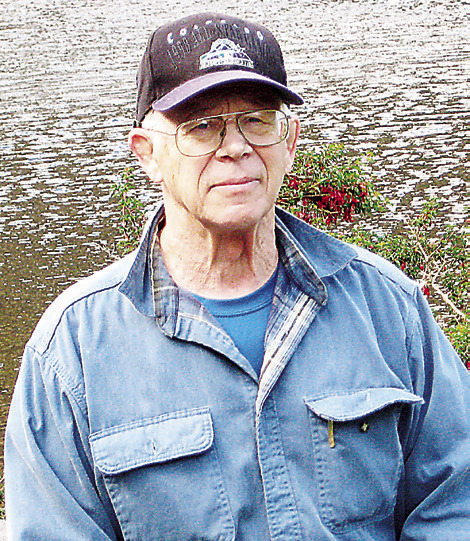The area race season is starting up and nearby races for runners are becoming more frequent. Whether an entrant walks, jogs, or runs the one thing that most participants want is “What was my time?” Much of how fast, or slow, a runner records for a time often depends on how difficult the course was, the temperature on the race day and how well the runner felt that morning. Many runners mention that they entered the race “for fun and exercise,” but if they can be a few seconds or more faster than their previous best time it becomes an encouragement to try to be a little faster at the next race. There is a saying in running circles that states, “If you train or run slow your race time will be slow.” In order to run faster the runner must train faster.
Running a constant speed on all of your runs will give you a little advantage as you get in better condition but improvement will be minimal. If you want a faster time the runner needs to add a fast training day to their program. As little as one day of speed work will be a benefit but two training sessions a week is better. Speed work takes on many forms of training. From running faster for one minute and walking or jogging for three minutes on a run will help. Fartlek training is a fun way to run faster. I used four levels of pace in my fartlek runs. One was a slow jog, another one was a normal running pace, a third was a race pace, and the fourth one was a fast sprint type. How far, and in what order the levels were, was varied and in no particular order. The key was that the run had some faster running speeds mixed in the training.
I favored running on a track for most speed work. The variety of programs for running faster ranged from a short fast sprint to a fast pace mile run. The term used for speed work on a track is called intervals. The interval is actually the time allotted between running fast and not the fast run itself. The short speed programs usually follow running fast on the straight section of the track and a walk or slower jog on the curves. The fast portion of the run is usually faster than the runner’s usual pace in a race. To increase the intensity of the program the pace on the curves can vary from a walk, a slow jog, to a gradual slower pace running. The number of laps, or distance of the training program is dependent on the condition of the runner. A starting runner may only run a mile (four laps) and gradually build the distance up to three miles or more. The distance between intervals may vary from a quarter mile (400 meters – 440 yards), to a half mile, to a mile distance. The interval between the bouts of speed may range from 400 meters to 200 meters and vary from walking, a slow jog, to a slower running pace. The faster and shorter the interval the better training effect. Most starting runners will run the quarter mile at their predicted time and walk a quarter. As condition improves the walking becomes a slow jog, and eventually the distance of the interval is shortened to 200 meters (half a lap).
The key to improving a race time is the speed portion should not be more than 15 seconds – 30 seconds faster than your race pace. If your race pace is 8 minutes your pace for the quarter mile should be about a 7:45 – 7:30 pace. It is important to know how fast your pace is. I divided the track into four sections to make it easier to judge my pace. An example had the runner starting at the 50 yard line of the football field (most tracks are around a football field). The first checkpoint was at the goal posts at the curve of the track, the second checkpoint was the 50 yard line on the opposite side of the track, the third checkpoint was the goal posts at the far end of the track, and the fourth checkpoint was at the start of the run. It is important to be as close to the established time at each checkpoint as possible.
A sample of using check points for determining the runner’s pace for an 8:00 minute pace. Check point one is 30: seconds, check point is 1:00 minute; the third checkpoint is 1:30 minutes, and the finish point is 2:00 minutes. For a 7:45 per mile pace follows this sequence: check point one is 29: seconds; check point two is 58: seconds; check point three is 1:27; and the finish is 1:56 minutes. It seems that each checkpoint is only a few seconds faster but that one second faster at check point one transfers to running three miles in 23:15 minutes versus 24: minutes race time. Improving a PR by 45 seconds is a nice goal. A 7:30 pace is #1: 28: #2: 56: #3: 1:24; and #4: 1:52 minutes.

Moe Johnson Running with Moe


